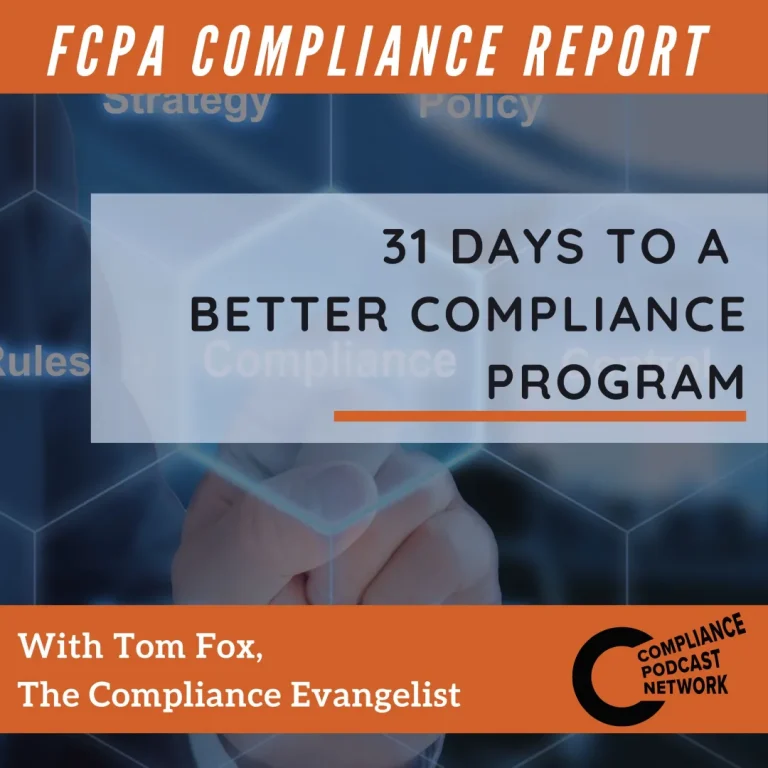The 2023 ECCP had significant changes regarding compliance-based incentives, both financial and non-financial; consequence management; messaging apps; and ancillary matters.
I. Incentives
This section begins with a new introduction that makes clear the seriousness in which the DOJ views incentives, both financial and other types of incentives. The ECCP states, “The design and implementation of compensation schemes play an important role in fostering a compliance culture.”
The ECCP also added a new section on financial incentives, which directs prosecutors to specifically evaluate how a company designs and applies financial incentives. These four questions basically breakdown into the following continuum: (1) Assessment, (2) Analysis, (3) Implementation; and (4) Monitoring.
II. Consequence Management
The DOJ has been talking about clawbacks for some time now. However, the revised language of the ECCP puts more rigor into what the DOJ is now mandating.
a. Clawbacks
The DOJ has made it clear that companies need to seek to recover amounts paid out to executives that were illegally received as corporate compensation. This could include both salary, stock options, similar payments, or discretionary bonuses. All of this means every compliance program will need to analyze each of these components as set out.
b. Consequence Management
The DOJ also mandated that compliance programs take a deeper dive into their entire financial incentive program—both incentives and disincentives. While there is some overlap with the clawback language, there is quite a bit of newness in these areas. The DOJ’s hotline and speak-up reports directly relate to a company’s culture of compliance.
Three key takeaways:
1. The 2023 ECCP brought significant changes to both financial incentives and negative consequences as well.
2. The new financial incentive analysis is: (1) Assessment; (2) Analysis, (3) Implementation; and (4) Monitoring.
3. Clawbacks and Consequence Management are related but separate parts of a best practices compliance program.



